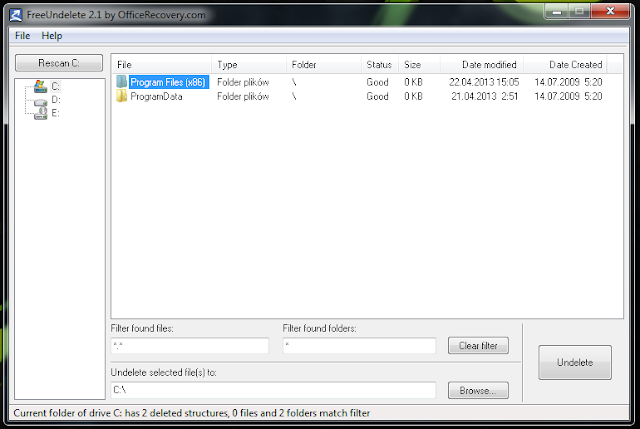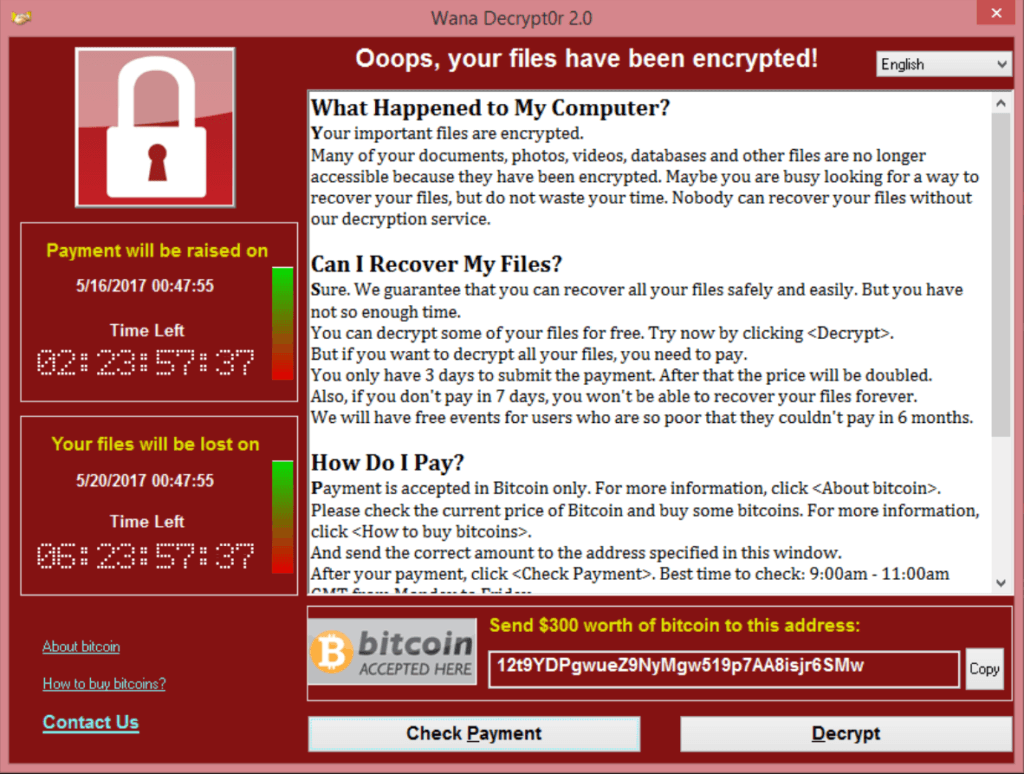Your PC is a project, and building and maintaining it takes special
tools. Aside from the obvious holy quadripartite of PC gear (mouse,
keyboard, headset, monitor), this is the stuff you should keep handy for building, cleaning, and keeping your PC performing at its best.
My checklist for PC gaming accessories is rather simple
- Comfortable keyboard and mouse with proper, stable with drivers installed at best.
- Mouse
pad rated/advertised for at least optical mice - no need to pay extra
for "gaming mats",
- A good set of game-pads for older/emulation stuff. Other than
that, to have a PS2-to-USB adapter which allows me to use a wired PS2
controller as a game-pad, is not a bad choice.
- A comfortable chair. When you're in it for the long haul, your back will thank you to have a comfortable place to sit.
- A set of nice headphones will let you enjoy to the fullest.
Keyboard
How's a gamer to choose? Don't worry, we know what's the best route. In
the slides that follow, you'll find our recommendations for
best-in-class keyboards, ranging from gaming on the cheap to no expense
spared.
There are a lot of features commonly associated with gaming keyboards
that are actually quite useful for everyday tasks or even work. Macros
can be extremely handy for performing multiple actions in games with one
keystroke, or even for everyday tasks that require multiple repetitive
keystrokes. Also having multiple user profiles allows you to keep your
work macros separate from your gaming ones.
N-Key Roll Over is also a popular feature, which essentially
means that a certain amount of keys can be simultaneously pressed and
registered. This is extremely useful around the WASD cluster. The last
thing you want is for important skills not to register because too many
keys were pressed simultaneously.
Finally, mechanical keyboards are all the rage now, and for good reason.
Simply put, they're much more reliable than most standard keyboards, as
each key resides atop a mechanical switch as opposed to a rubber dome
(which have a tendency to break down pretty quickly over time). Best of
all, mechanical boards come in multiple flavors that cater towards
specific preferences. Here's a breakdown on the most common mechanical
switch types if you're considering a mechanical keyboard:
Blue: Tactile, Non-linear, Clicky, 50g Actuation
Great for typing. Loud (not ideal if sound is an issue). Double tapping can be cumbersome.
Brown: Tactile, Non-linear, 45g Actuation
The middle-ground of mechanical switches. Generally recommended for most games.
Black: Linear, Non-tactile, 60g Actuation
Noticeably stiffer than the rest in order to prevent accidental keystrokes. Generally preferred for FPS games.
Red: Linear, Non-tactile, 45g Actuation
Similar to Browns, but without tactile feedback.
Razer BlackWidow Tournament Edition ($79.99)

-6 key rollover / 10 key rollover
-Mechanical keys (Cherry MX Blue switches, or Cherry MX Brown in Stealth Edition)
-In-game macro recording
-Compact "tenkeyless" layout
-Detachable USB cable
Pricing for most mechanical keyboards can be intimidating. Most start at over $100, which in itself makes the Razer BlackWidow Tournament Edition
an easy choice, especially for someone looking to purchase their first
mechanical keyboard. This particular model doesn’t have a keypad, the
lack of which is often denoted by the term "tenkeyless." Gamers who use
extra large mouse mats may find tenkeyless options to be a saving grace
for desk space. The Tournament Edition may be small, but it certainly
doesn't slack in features. All of the keys can be programmed, and macros
can be recorded on the fly with up to 20 software profiles giving you
enough room to create profiles for each of your favorite games and then
some. It is also available in two flavors: Cherry MX Blue or Cherry MX
Brown in Stealth Edition, depending on your mechanical switch
preference. There is also a full 104 key layout version available for
Mac users at the same price.
Mouse
Most gaming mice come with anywhere from five to ten programmable
buttons (which you can assign to specific functions such as sprinting,
crouching or reloading), while an MMO-style mouse might cram 20 or more
onto its chassis. These can give you a leg up on the competition, when
used correctly.
Many also offer various backlighting options to make them more
attractive to look at. Occasionally a mouse comes with removable
weights, allowing you to make the mouse heavier or lighter until you’ve
found your “perfect” weight.
Wired mice vs wireless is another consideration you might have, but
our view is that wired is best. The breadth of choice is much bigger if
you opt for a wire, and you don't have to faff around with replacing
batteries. Some gamers also say they can notice a lag with some wireless
mice.
Whatever you're after, whether you're a twitch-gaming fanatic looking
for the perfect precision headshots or a MOBA gamer trying to maximise
your DPS, there's a mouse that'll suit your needs, and after using one,
you'll never go back.
SteelSeries Rival ( £53)

For a price of around £53, the SteelSeries Rival is a contender for
the best gaming mouse on a budget. Why? Even though when compared to
other gaming mice, the Rival looks a bit ‘basic’, it’s far from it under
the hood. It features an advanced PMW3310 optical sensor that is said
to offer zero hardware acceleration and true 1:1 tracking, enabling
precise movement – and you can tell the difference instantly. Even at
higher sensitivities, the SteelSeries Rival is extremely accurate and
has enabled us to react quicker than we’ve been able to in the past. Its adjustable CPI is amazing, and offers adjustments from 50 to
6500, enabling gamers to find the perfect cursor sensitivity for their
style of gaming. The best part is that you don’t have to settle on one
setting – there’s a button directly beneath the scroll wheel that allows
you to switch between various CPI profiles for different situations.
SteelSeries Engine 3 enables gamers to access various Rival
customisation settings, including programmable buttons, polling rate,
angle snapping and acceleration and deceleration speed.
Controller
Your mouse and keyboard are irreplaceable, but what’s more PC
than being able to steal and use the input devices of any other
platform? Both the Xbox One and PlayStation 4 controller work on PC with
an ounce of supplemental help, but our budget favorite is the wired Xbox 360 pad.
More and more game pad-friendly games are populating Steam, and more same-screen co-op games seem to come out every
week.
Logitech’s name is closely associated with the finest PC gaming
peripherals there is. The Logitech
Logitech Gamepad F310

Gamepad F310 is proof of how great
their gaming devices are. It’s design is comparable to the DualShock
controller used with PlayStation consoles. All 10 of its buttons can be
programmed to fit your style of play and it comes with an 8-way D-Pad
that’s pretty simple to program. This gamepad primarily works with
Windows-based gaming software.
- Great design with a nice mix between the DualShock and Xbox 360 controller
- Allows customization options that can be attached to several player profiles
- Cheap price
- Works with most games
Chair
A good chair can last you a decade, and you’re not going to be upgrading
to spine 2.0 anytime soon. I set out to find the best chairs for long
gaming sessions by talking to an ergonomist and spending three months
researching and testing chairs with the PC Gamer staff.
DXRacer FE11/NI Black Indigo Formula Series
 The DXRacer FE11/NI Black Indigo Formula Series is a racing-style bucket gaming chair that features ergonomic and lumbar support. This stylish chair is priced at $299.
Features:
The DXRacer FE11/NI Black Indigo Formula Series is a racing-style bucket gaming chair that features ergonomic and lumbar support. This stylish chair is priced at $299.
Features:
- Ergonomic design - bonus headrest & lumbar support cushion
- Extra high backrest supporting neck & spine
- Flexible, adjustable seat back
- Breathable material: Smooth PU vinyl cover & strong mesh
- Soft armrests with adjustable pieces for shoulders & wrists
- Heavy duty aluminum base with footrests & tilt
Headphones
These days, if you want to get the full gaming experience, you’re going to need a headset.
While it’s possible to use a separated combo of headphones and
microphone – which may actually be preferable in some cases, which we’ll
explore later – the convenience of a two-in-one headset is hard to pass
up.
But top-notch gaming headset
will put a dent in your wallet. If you need utmost quality and have a
few hundred dollars to spend, consider browsing through what Sennheiser,
SteelSeries, and Razer can offer. On the other hand, if you’re willing
to forego some quality in order to save money, you’ll want to look
elsewhere. Let’s say your budget is capped at $25. What’s available in that range? The pickings won’t be amazing, but you may be surprised by how much that can buy.
Logitech H390 Clear-chat Headset ($25)
 Logitech
is one of the most reliable brands when it comes to affordable computer
peripherals. It’s not uncommon to hear about Logitech’s mice, keyboards,
and headsets lasting for five to ten years without any issues. I can
personally attest to it as well.
So it’s mind-blowing that their products are sold at such low price
points. This Clear Chat headset is only $25, yet it comes with a
noise-cancelling microphone with inline controls for volume and muting.
The design is sleek, the headphone pads are comfortable, and the reviews
are stellar.
Author : Saatvik Awasthi
Logitech
is one of the most reliable brands when it comes to affordable computer
peripherals. It’s not uncommon to hear about Logitech’s mice, keyboards,
and headsets lasting for five to ten years without any issues. I can
personally attest to it as well.
So it’s mind-blowing that their products are sold at such low price
points. This Clear Chat headset is only $25, yet it comes with a
noise-cancelling microphone with inline controls for volume and muting.
The design is sleek, the headphone pads are comfortable, and the reviews
are stellar.
Author : Saatvik Awasthi

































